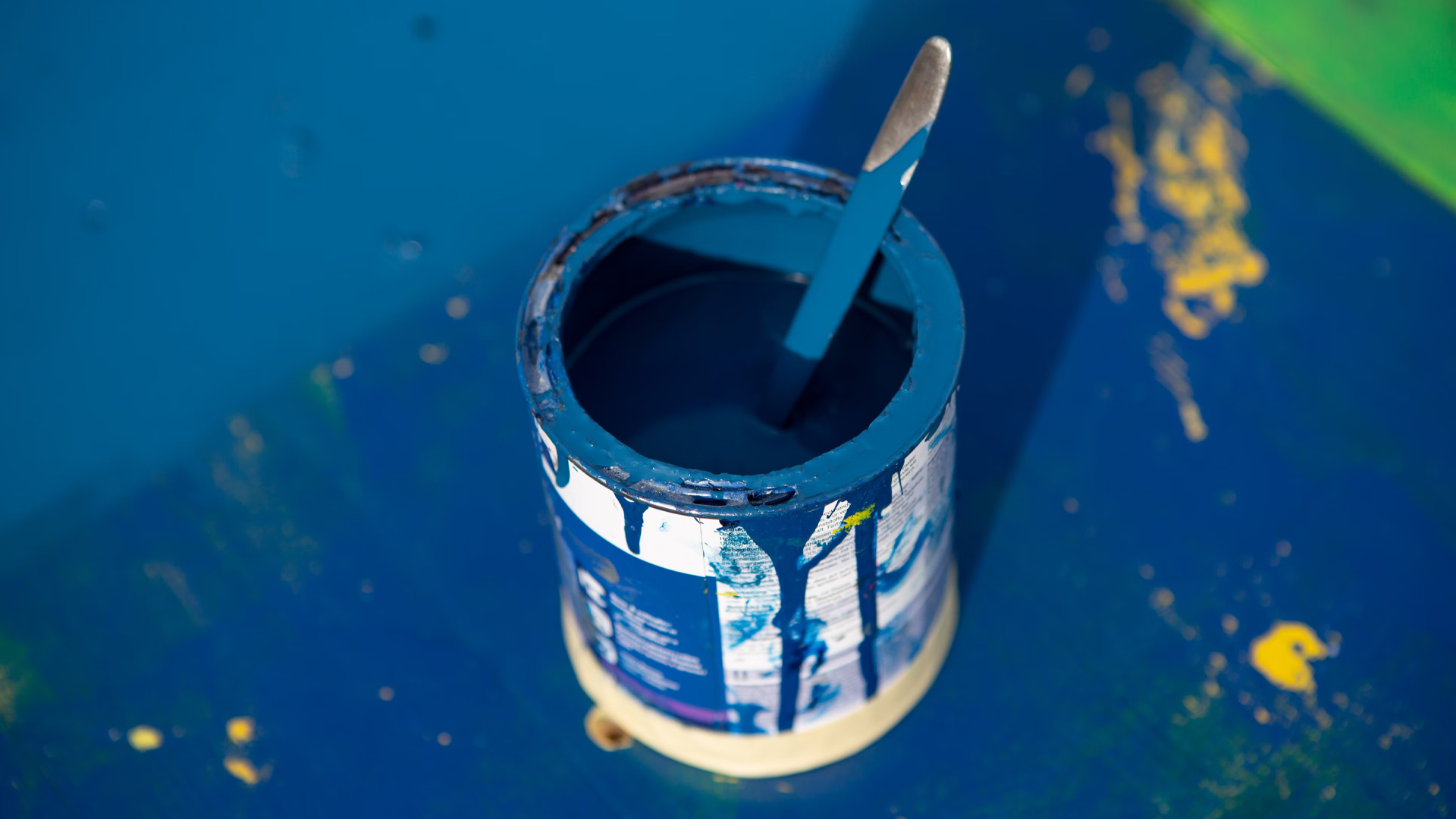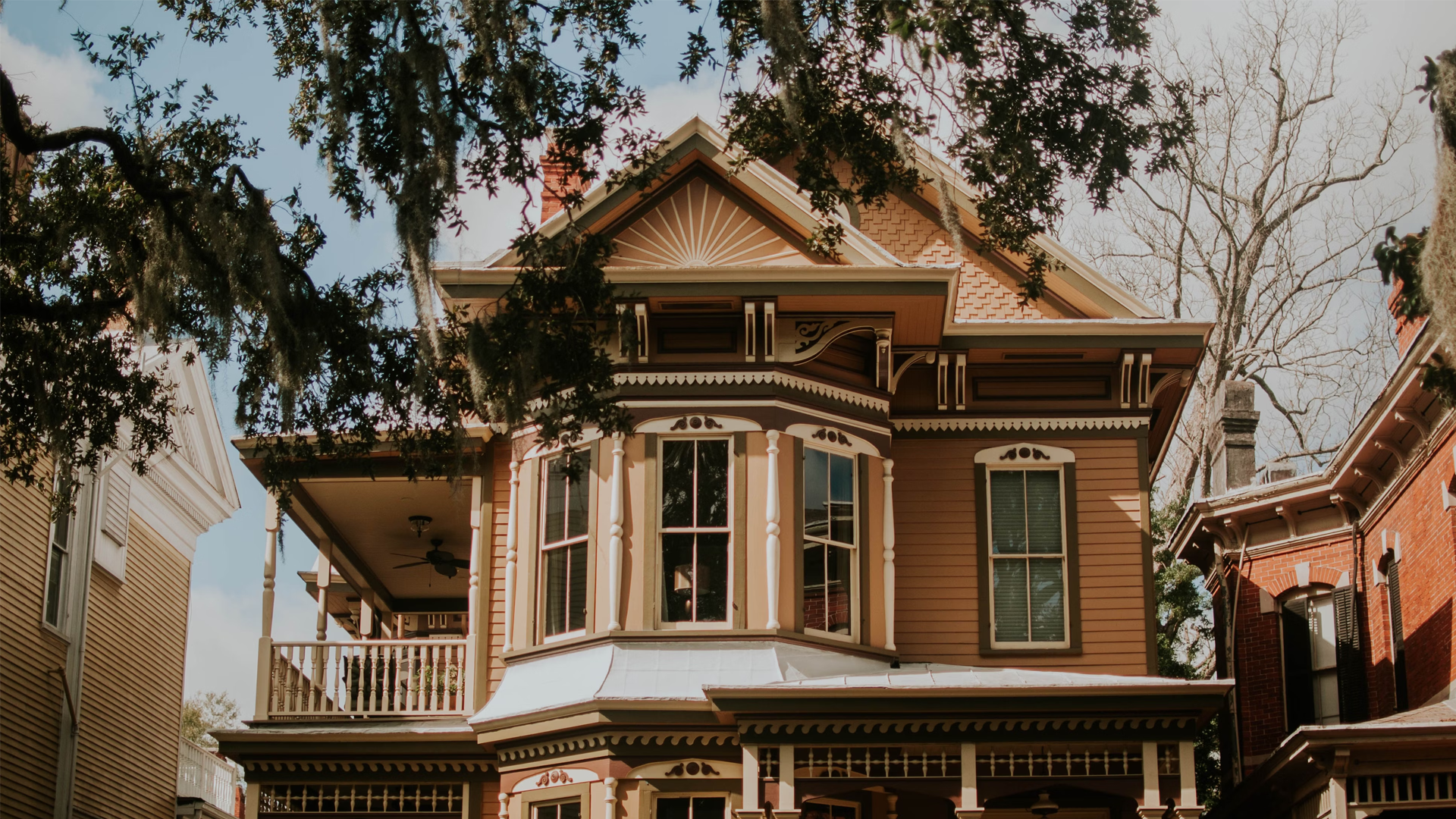Key Take Aways
Plaster drying times vary based on environmental conditions, plaster type, thickness of application, and ventilation.
Typical drying durations: undercoat plaster takes around 2–3 days; finishing coat about 1–2 days; full drying often requires at least 1 week after the final coat.
Ideal drying conditions involve moderate temperature, low humidity and good airflow—avoid using direct heat or fans to speed up drying as this can lead to shrinkage and cracking .
Factors affecting drying: warmer, drier air speeds up the process, while humidity and poor ventilation slow it down; thicker layers retain moisture longer .
Proper preparation is essential: ensure surfaces are clean, primed and any underlying damp or damage is resolved; correct surface prep improves plaster adherence and longevity.
Professional help is advised if moisture persists, large or complex areas are involved, you’re working with historic properties, or there’s mould/blistering in the plaster
In numerous construction and renovation projects, plastering plays a critical part. The Plaster drying time is one of the vital points to consider. The longevity and durability of the plaster are ensured by great drying. The factors that influence plaster drying time, tips for faster drying, and how to tell when your plaster is prepared for the following stage will be generally canvassed in this associate.
Plaster drying time alludes to the period the plaster sets and hardens in. Based on a couple of factors, this time can frequently change. You can more readily design your project and stay away from ordinary snares by understanding these factors.
Factors Influencing Plaster Drying Time
- Type of Plaster: Different types of plaster have different drying times. Gypsum plaster, for example, dries faster than lime plaster. In particular, for thicker applications, cement-based plaster might take more time to dry. Knowing the sort of plaster you are utilising will assist you in assessing the drying time even more precisely.
- Applications’ Thickness: The thickness of the plaster layer essentially influences plaster drying time. Typically, thicker layers will dry all the more leisurely. Accepting you apply a few layers; each layer requires adequate drying time prior to adding the accompanying.
- Environmental Conditions: Plaster drying time is altogether influenced by temperature and humidity. The drying framework is accelerated in warm, dry conditions while it is slowed back in cool, drenched ones. Guaranteeing suitable ventilation in the room could likewise assist the plaster with drying faster.
- Substrate Type: The substrate, or surface onto which the plaster is put, could influence the drying system. Plaster dries faster on porous surfaces like brick or concrete since they absorb moisture. Non-porous materials like painted surfaces can slow the drying framework back.
- Additives and Admixtures: A couple of plasters go with additives that can change the Plaster drying time. Retarders, for instance, can dial back the setting framework, while accelerators can increment it. Change your suppositions as fundamental subsequent to finding out about any augmentations in your plaster mix.
Tips for Faster Plaster Drying Time
- Improve Environmental Conditions: Keeping up with the ideal temperature and humidity level is fundamental for fast drying. Pursue a humidity level under 60% and a temperature range somewhere in the range of 50 and 70 Degree Fahrenheit (10-21°C). If necessary, use heaters and dehumidifiers to deliver the ideal environmental factors.
- Ensure Effective Ventilation: Great airflow advances speedier dampness vanishing from plaster. To help indoor ventilation, open windows and run fans. Avoid blowing fans straight onto the plaster since this will cause it to dry out consistently.
- Apply Thin Layers of Plaster: Applying thinner layers of plaster will significantly speed up the drying process. Assuming your project lets you think about applying a few thin covers rather than one thick one. This technique gets a smoother finish and speeds up drying.
- Use Drying Accelerators: Assuming you are hurrying, you should consider drying accelerators. The plaster is joined with these mixtures to rush the setting process. Try not to think twice about the nature of the plaster, and rigorously adhere to the manufacturer’s instructions while utilising these products.
How to Know When Plaster is Dry?
- Colour Change: Noticing the colour of plaster is one of the easiest ways of deciding if it is dry. Typically, more obscure, wet plaster tones light as it dries. It is commonly dry when the plaster has a uniformly light colour. Be patient and watch out for the colour north of a few days, as this change is frequently gradual. Colour variations can recognise regions that are as yet damp and need extra plaster drying time.
- Touch Test: One more sign of dryness is the light touching of the plaster’s surface. It is not totally dry, assuming it feels cold or damp. Dry plaster feels rather fine at room temperature. Be wary, however, not to press too powerfully since this can make you think twice about the surface. A more precise assessment of dryness can be obtained by utilising the touch test in conjunction with visual signals.
- Moisture Metres: A moisture metre is considered a more exact estimation. These gadgets plainly show the dryness of the plaster by estimating its moisture content. Prior to painting or finishing, attempt to have a moisture content short of one per cent. Bigger projects where uniform drying is a fundamental advantage, especially from moisture metres. A moisture metre can be utilised to loosen up consistently at the finish to stay away from expensive mistakes.
- Waiting Periods: As a general rule of thumb, give plaster no less than 4 to 6 days to dry totally. You would need to sit tight for as long as about fourteen days for thicker applications or in ideal conditions. A solid and durable finish should be accomplished with tolerance. It is dependably desirable to overstand by somewhat longer than to rush the procedure, assuming you are uncertain. You can anticipate and make arrangements for future projects, including drying, all the more precisely by keeping a diary of drying times.
Common Mistakes to Avoid
- Rushing the Process: Restlessness can cause issues later. Rushing to paint or finish plaster that isn’t totally dry can cause peeling and cracks. Permit satisfactory time for the plaster to dry. Following the advised drying times for the specific plaster you are utilising is truly crucial. Avoiding this significant step might compromise the nature of your work and increment repair costs.
- Inconsistent Plaster Application: Changing drying durations all through the surface can result from uneven plaster application. To ensure uniform drying, hold back no thickness. This works on the appearance and avoids points of weakness. A steady application can be accomplished with the right tools, a decent quality trowel, and float that assists in staying away from any irregularities and applying the plaster with similar pressure and motion.
- Environmental Conditions: Disregarding the impacts of temperature and humidity can postpone your project. To guarantee suitable drying, watch out for the climate and make essential changes. To deliver a proper climate in cold or damp conditions, ponder running heaters and dehumidifiers. Especially in hot and dry weather, then again, you would need to tenderly fog the plaster to prevent it from drying too quickly and cracking.
Conclusion
For any fruitful plastering project, understanding plaster drying time is significant. You might better control your project plan by considering the sort of plaster, application thickness, environmental conditions, and substrate. You can accomplish a smooth, durable finish by involving tips for faster drying and understanding how to check for dryness. Your plastering job can endure longer if you stay away from common mistakes. You might get familiar with the technique of plastering and produce shocking, dependable impacts with patient and purposeful consideration.





